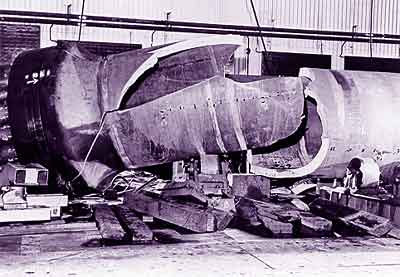Scotty370
Platinum Member
- Joined
- Dec 18, 2008
- Messages
- 896
- Location
- Buffalo, New York
- Tractor
- 318 John Deere, 4200 John Deere, 1947 John Deere "M"
I've got a selection of 'Rods' that I've bought over the years. I'm not as 'religious' about their care, as I should be. I've had friends that stowed them in an old 'fridge' with door slightly ajar, and a light bulb in the unit to provide slight heat. Mine are on a shop shelf, in and out of their respective 'square' plastic boxes. My question is this: Can they be used? I'm in Buffalo, NY, not in the humid South. The rods never have gotten 'wet', but may have experienced Relitive Humidity shifts from 15%-80% in an annual cycle. The 'flux' is still tight and undamaged. Should I 'bake' them in a low temp (200*) oven overnight when I get a project happening in the Spring, to dry them out? Or am I over-thinking this whole issue? TIA ~Scotty

